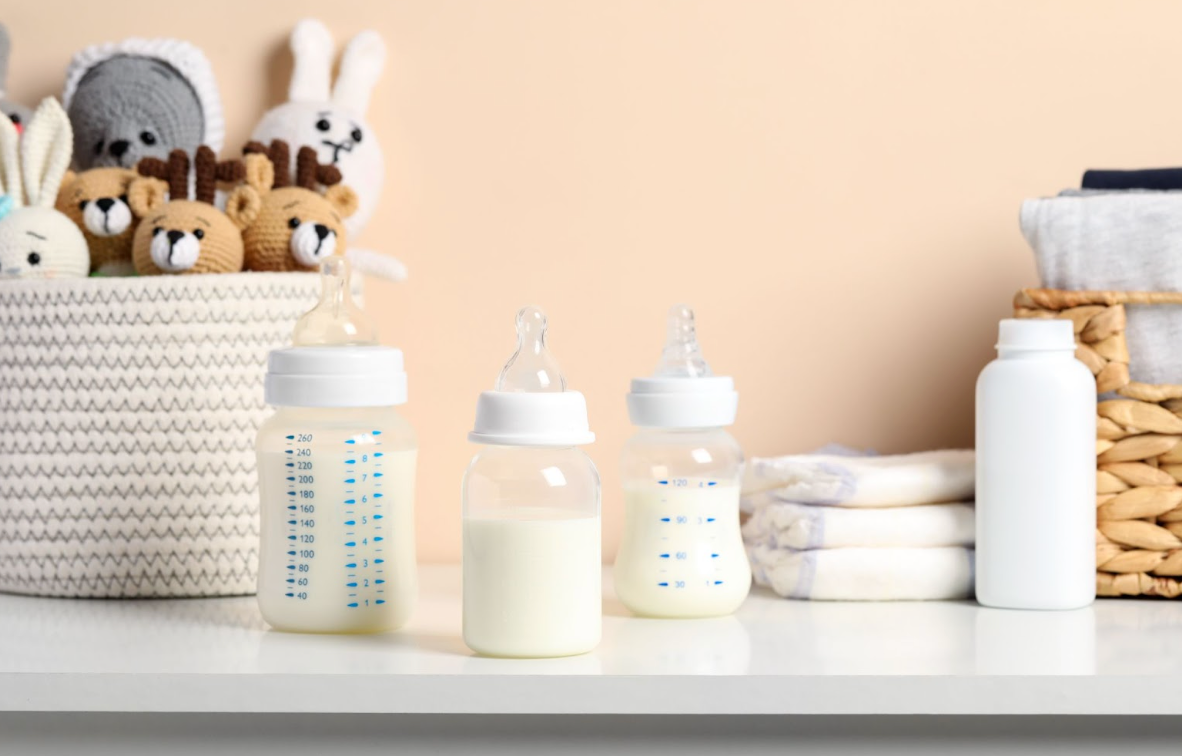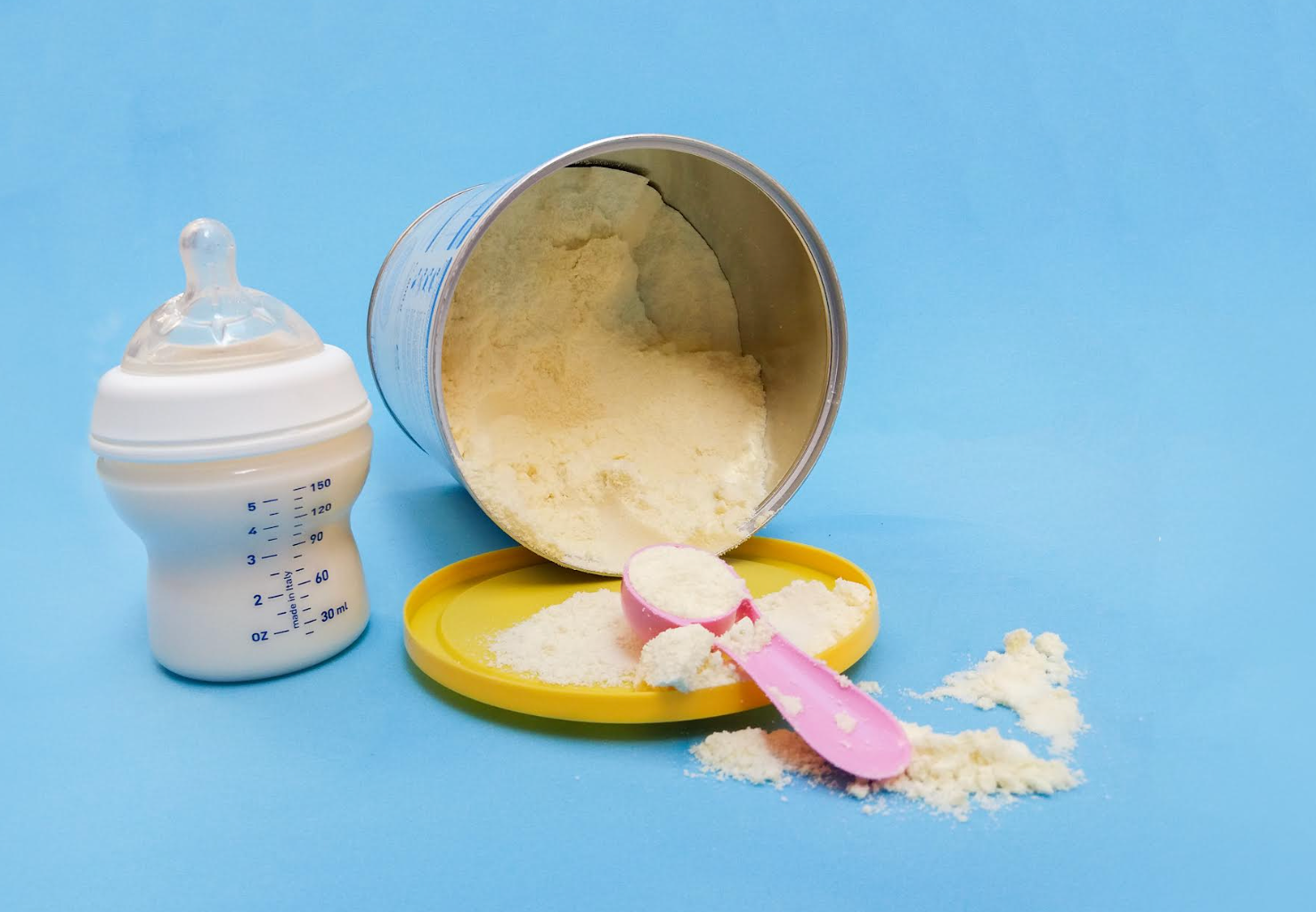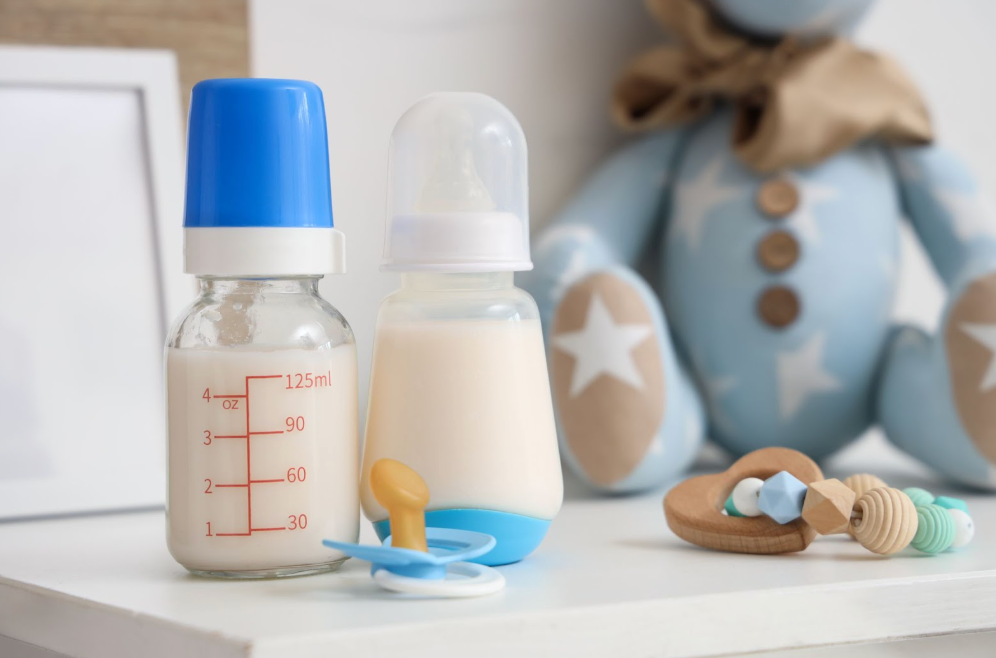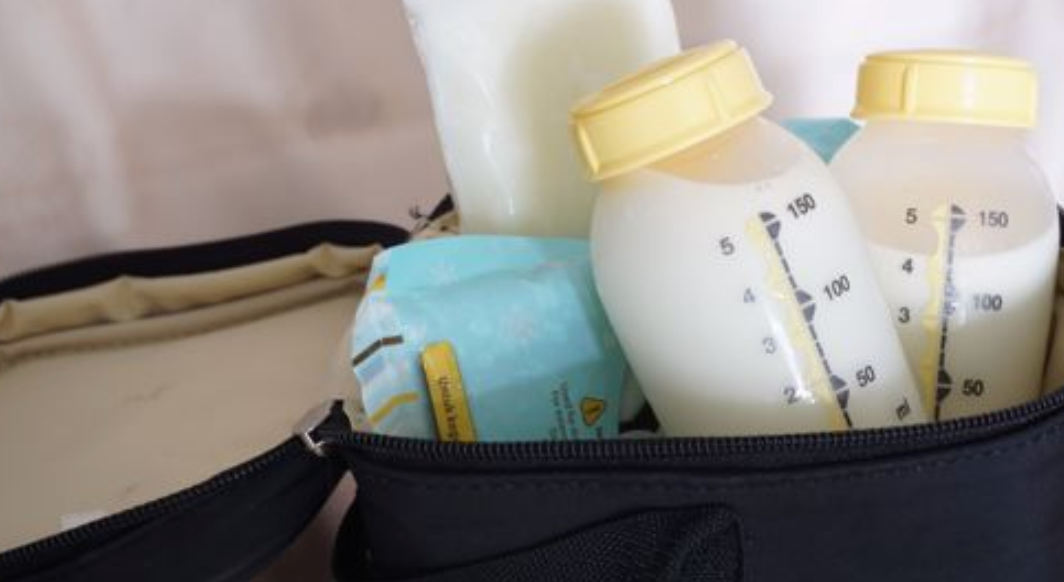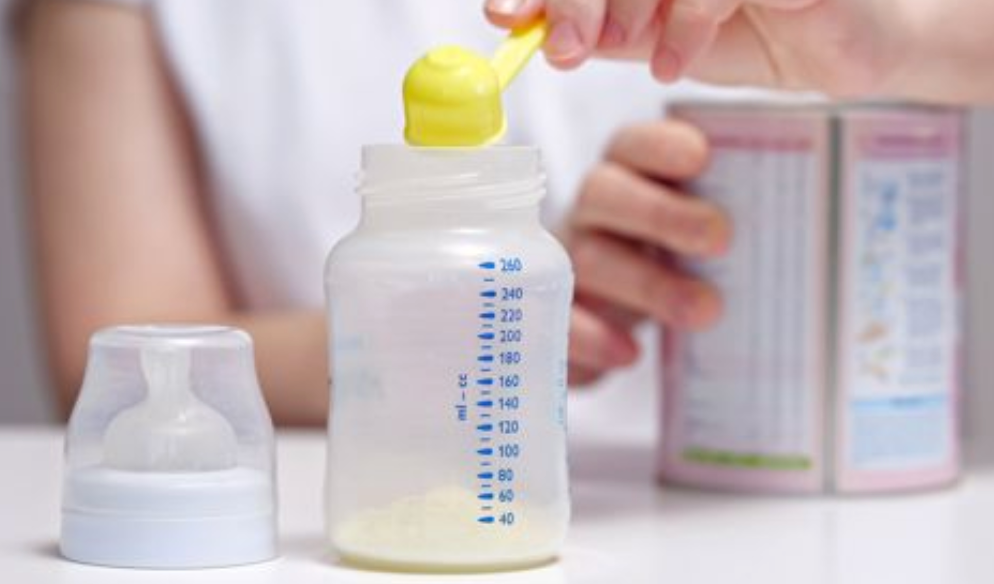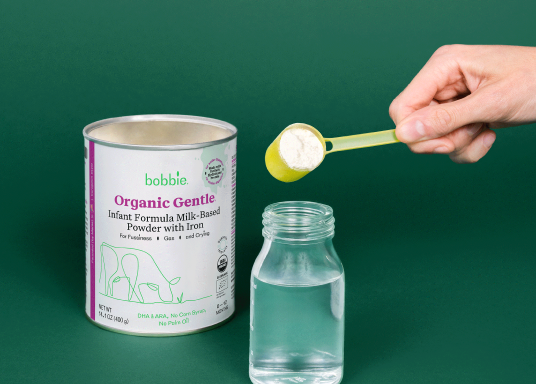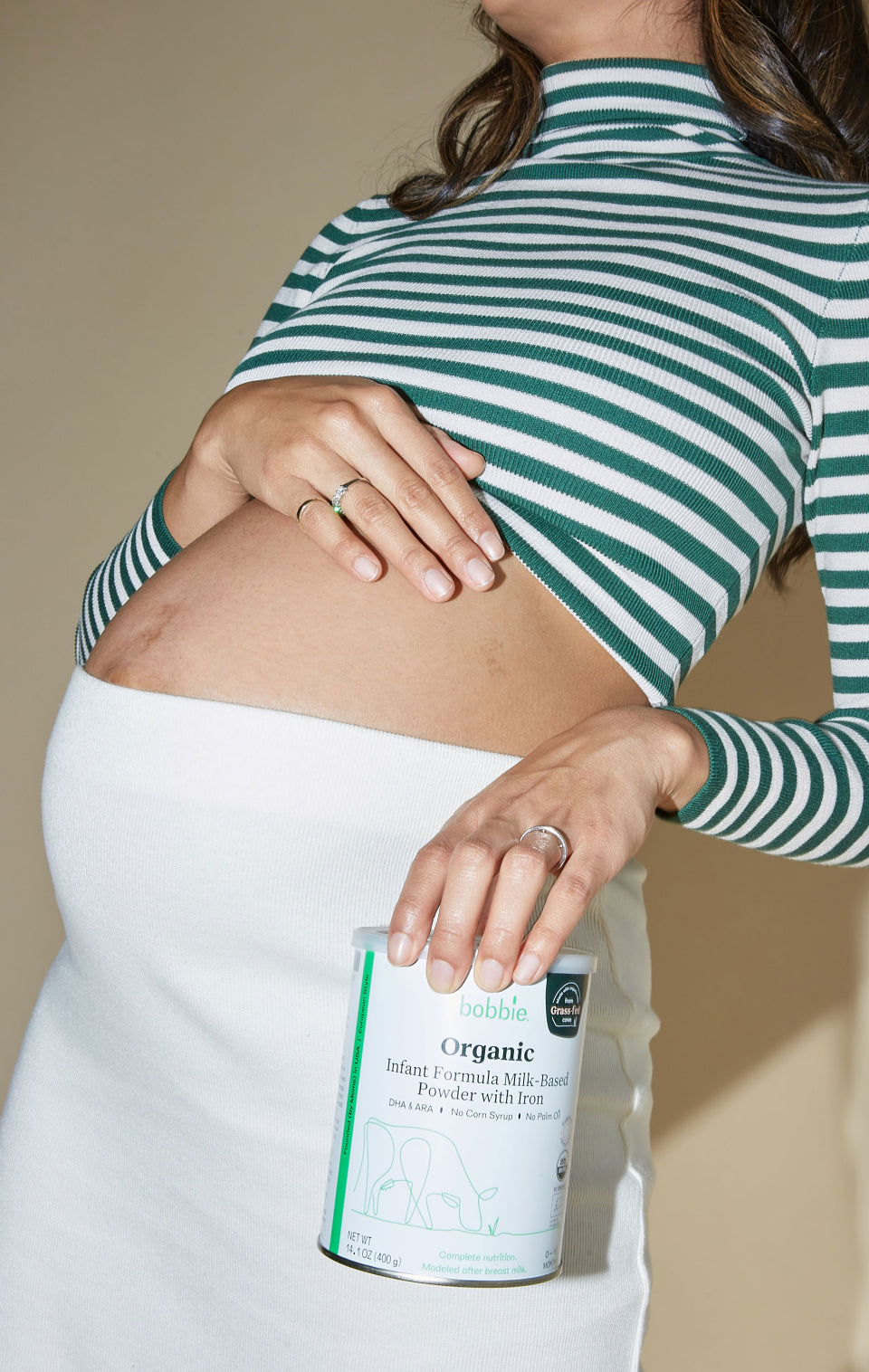Published August 28, 2025

When To Change Nipple Flow: A Parent’s Guide to Signs, Timing and Smooth Transitions
Finding the right bottle and nipple for your baby can feel like a puzzle, and just when you think you’ve figured it out, your little one changes the rules. Every baby has their own feeding rhythm, and it can shift as they grow. One key factor in keeping feeding smooth and comfortable? Nipple flow — or how quickly milk moves through the nipple. Knowing when to change flow can make all the difference, and the good news is: your baby will give you clues.
Discover the signs your baby is ready for a new nipple flow, the right timing for the switch and simple ways to support a smooth transition.
What Is Nipple Flow, and Why Does It Matter?
Nipple flow refers to how quickly breast milk or infant formula comes out of baby bottle nipples. It plays a big role in how comfortable and effective feeding is for your baby. Too slow, and your little one may get frustrated; too fast, and they might gulp air or struggle to keep up.
Most bottles come with three main milk flow rates:
-
Slow flow (Level 1): Designed for newborns and young babies who need time to coordinate sucking, swallowing and breathing.
-
Medium flow (Level 2): Often introduced as babies grow stronger and more efficient at feeding.
-
Fast flow (Level 3): Best suited for older babies with more developed sucking skills who can handle milk coming out quickly.
It’s worth noting that flow levels aren’t always universal. One brand’s “medium” might feel closer to another’s “slow,” and every baby has their own preference. Plus, nipples also come in a range of sizes, generally aligning with your baby’s age and stage — from tiny newborn nipples to wider, faster-flow options for older infants. While these guides can be a helpful starting point, your baby’s comfort and feeding style are the best indicators of when it’s time to move up (or down).
Meet the first and only USDA organic infant formula manufactured in the U.S.! Bobbie Organic Whole Milk Formula offers complete nutrition for baby's first year with our closest to breastmilk recipe.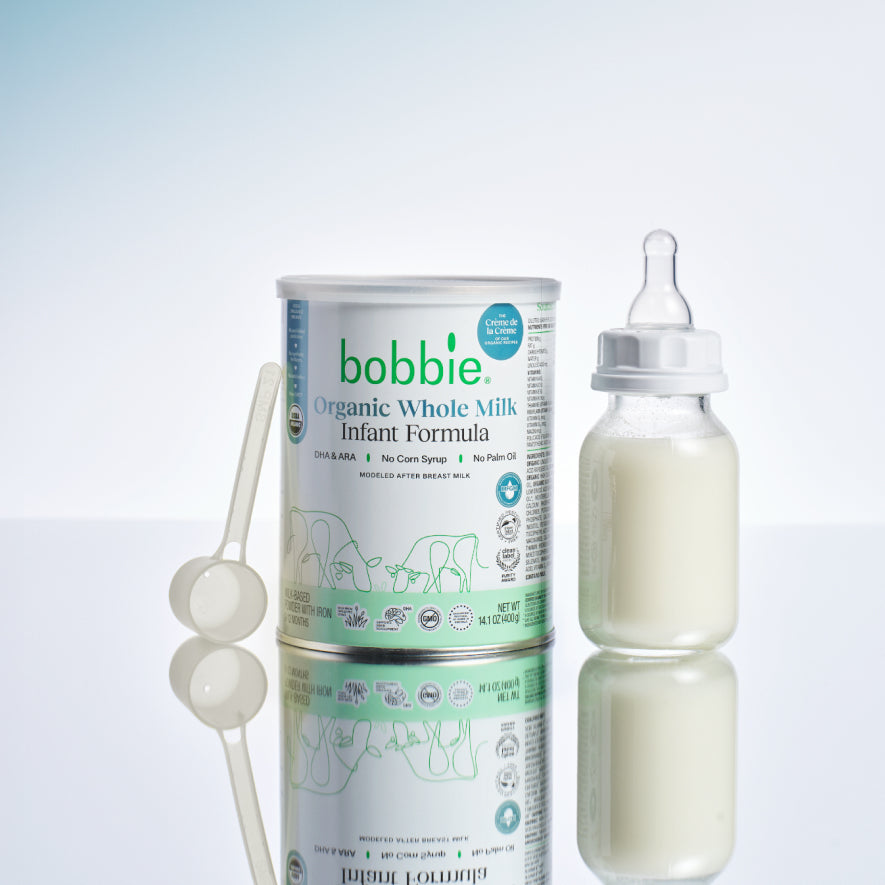
Shop Organic Whole Milk Infant Formula

Spotting the Signs Your Baby Needs a New Nipple Flow Rate
Babies are great communicators — just not with words. Instead, they’ll show you through their feeding behaviors when something isn’t quite right with their bottle flow.
Signs Nipple Flow Might Be Too Slow
-
Your baby gets fussy or frustrated mid-feed.
-
They’re sucking so hard that the nipple collapses.
-
You notice lots of sucks but not as many swallows.
-
Feedings take more than 20 minutes when you’re past the newborn stage, especially after 8–12 weeks.
-
They nod off before finishing the baby bottle, not because they’re full but because they’re worn out.
Signs Nipple Flow Might Be Too Fast
-
Your baby gulps, coughs or chokes while drinking.
-
Milk dribbles out of the corners of their mouth.
-
Spit-up happens more often than usual.
-
They seem overwhelmed or uncomfortable during feeding.
When To Move Up in Nipple Size: A Month-by-Month Guide
While every baby develops at their own pace, these general milestones can help guide when to move up in nipple size throughout your formula feeding journey:
-
Newborn–2 months: Slow-flow nipples are usually best to help your baby establish a comfortable latch and feeding rhythm.
-
2–4 months: As your baby feeds more efficiently, medium flow may be appropriate, with shorter feeding times and less effort.
-
4–6 months: Stronger sucking reflexes may signal it’s time for a faster flow if feeds are taking too long or your baby seems frustrated.
-
6+ months: Many babies handle fast flow, especially when starting solids, keeping up with growing appetites and smoother feeds.
With these guidelines in mind, remember that watching your baby’s cues is always the most reliable way to know when it’s time to switch.
How To Transition to a New Nipple Flow Smoothly
Here are a few tips for a smooth nipple flow transition:
-
Start small: Try the new nipple flow for just one feeding a day to see how your baby responds.
-
Adjust positioning: Hold your baby in a more upright position, especially with faster flows, to help them manage the milk.
-
Create a calm environment: Keep feedings quiet and distraction-free so your baby can focus on adjusting.
-
Watch their cues: Look for signs of comfort or discomfort — your baby will let you know how it’s going.
-
Give it time: A little learning curve is normal. Some babies adapt right away, others may need a day or two.
-
Stay flexible: If your baby isn’t ready, don’t worry. Switch back to the previous flow and try again later.
What To Expect During the Adjustment
Feedings may get shorter, and you might see more dribbling or spit-up as your baby learns to manage the new pace. Over time, feeding usually becomes smoother and more efficient. Remember, some trial and error is part of the process — every baby adjusts differently, and that’s perfectly okay.
Nipple Flow FAQs
Can I stay on the same nipple flow the whole time?
In some cases, yes. If your baby is comfortable and feeding well, there’s no need to switch. This is sometimes recommended for babies who are also breastfeeding to keep the flow consistent.
Can changing nipple flow improve feeding issues like gassiness or fatigue?
Yes, sometimes. A slower flow may tire babies out before finishing a bottle. If it’s too fast, they may swallow air, leading to gas. Trying a different flow rate can often help.
Do I need to change bottle brands to get a new nipple size?
Usually not. Most bottle brands offer multiple nipple sizes designed to fit their bottles. Just check compatibility before buying.
Does a breastfed baby need different nipple flows than a formula-fed baby?
Not always. Some breastfed babies do well staying on slow-flow bottle nipples to mimic the breast, while others transition as they grow. Formula-fed babies may move up more quickly. Again, your baby’s comfort is the best guide.
Sign up to get the scoop on feeding, sleep, poop, and so much more. By singing up for email, you are to receive marketing emails from Bobbie and can manage your email preferences or unsubscribe at anytime

Your go-to resource for all things new baby.
Parenting Isn’t One-Size-Fits-All (And Neither Is Nipple Flow)
Feeding isn’t one-size-fits-all, and choosing the right nipple flow is part of finding what works for your little one. You know your baby best, and you’re learning together every day. Trust your instincts, watch for your baby’s cues and be patient with the process.
Changing nipple flow rate is a normal part of bottle feeding, and with a little guidance, it can help make mealtimes smoother for both of you. And if you’re ever unsure, you can always check in with your pediatrician.
Looking for more guidance on feeding your little one? Visit the Bobbie blog or shop Bobbie today to explore trusted organic infant formulas.
The content on this site is for informational purposes only and not intended to be a substitute for professional medical advice, diagnosis or treatment. Discuss any health or feeding concerns with your infant’s pediatrician. Never disregard professional medical advice or delay it based on the content on this page.









